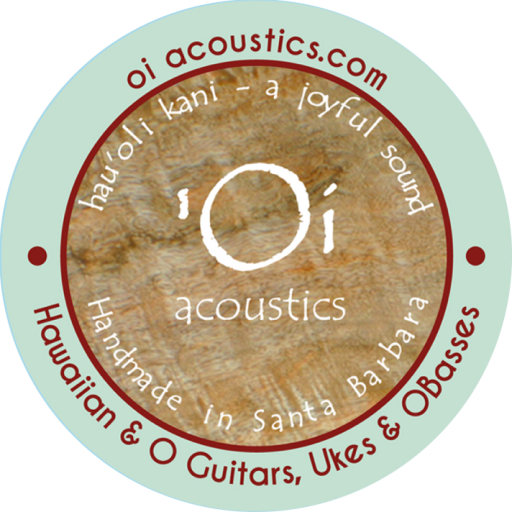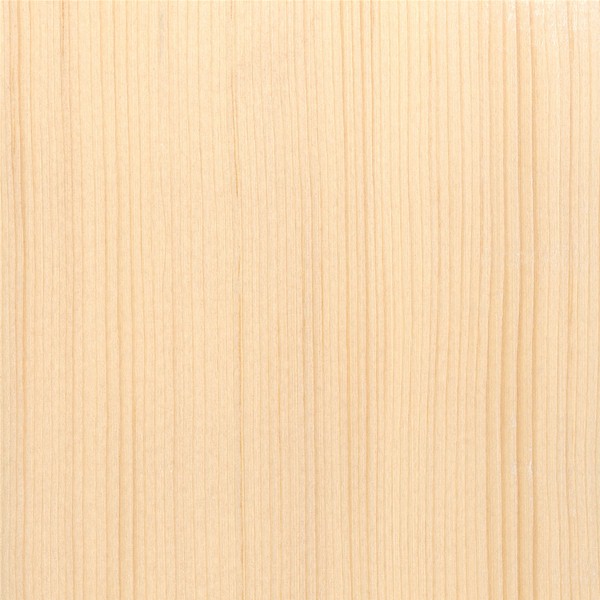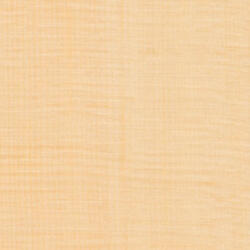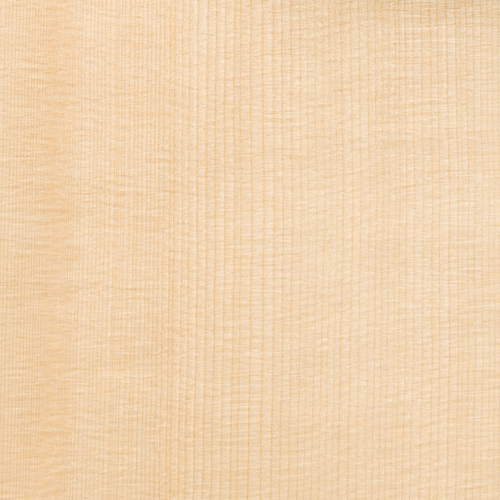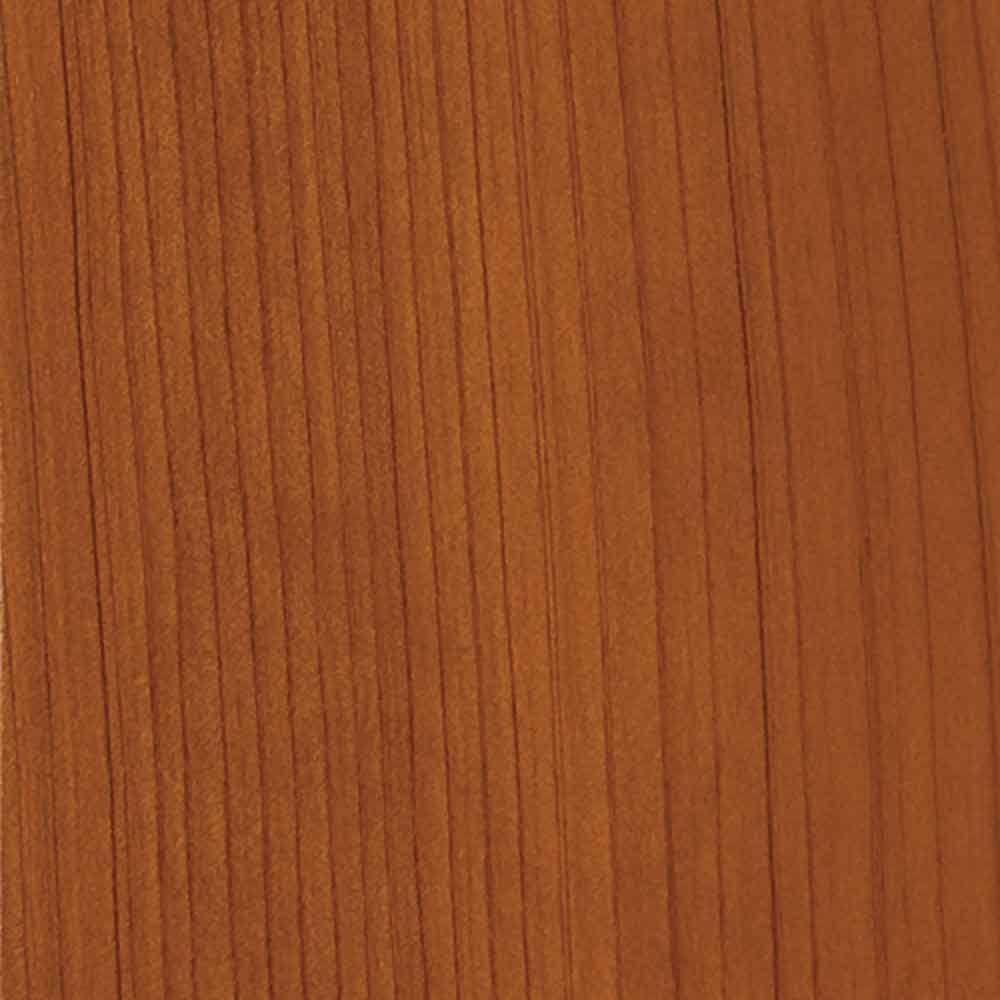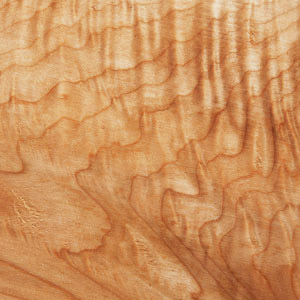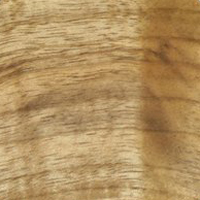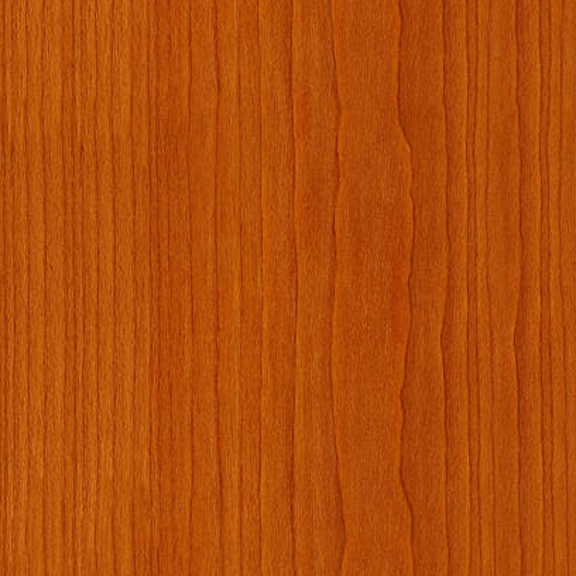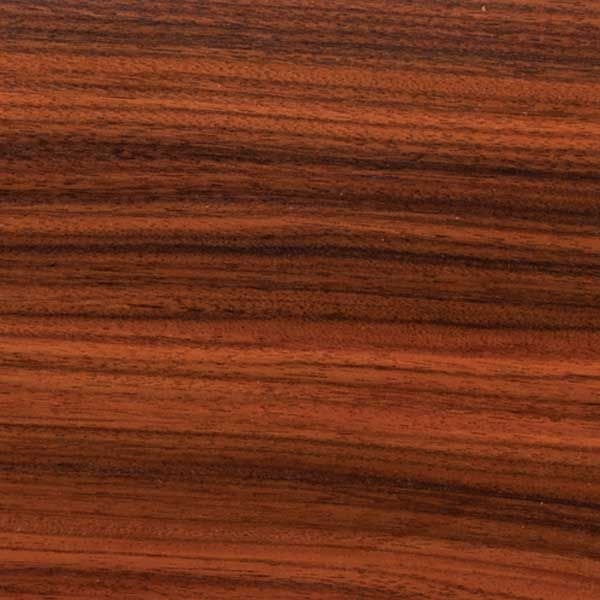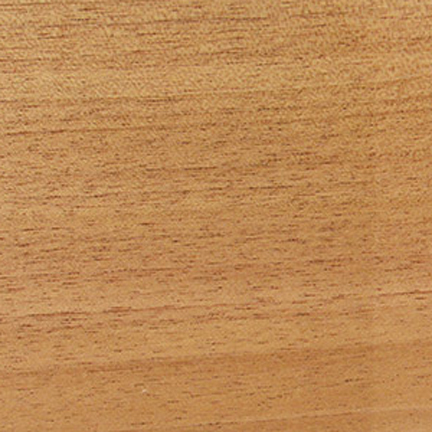Tonewoods
...a magical palette...
Sean H
Montecito CA
When I buy an acoustic instrument, it must have a big voice all its own. Both my baritone ukulele and my new tenor guitar from 'Oi fill the room with no amplification. Kevin uses a magical palette of tonewoods to create instruments that truly speak for themselves.
TOP WOODS
Top woods are the primary element, in conjunction with the method of string attachment to the top, in determining the sound of a stringed instrument. This missive, which of course is just my opinion from experience, focuses on the end of natural life and sustainably harvested American woods that I use.
Certain top/bodywood combinations lead to great results, depending on the instrument’s frequency range and player’s style. Each ‘Oi series are made in standard recommended configurations and listed on each instrument page, but many other made-to-order combinations are possible.
Sitka Spruce is a well-rounded tonewood suited for many styles of playing. It is known for its tight grain pattern, high stiffness and relative lightness which translates to a broad dynamic range that stands up well when strummed heartily. Although it can be responsive to fingerpicking, it tends to have stronger fundamentals than overtones. It can sound not quite as robust when played with a light touch, which may result in a thin sound. My stock comes from the Alaskan panhandle; Sitka is the most consistently available, good-quality spruce, and why it is seen on the majority of factory guitars.
Lutz spruce, a natural hybrid of Sitka and white spruce, is more visually interesting with its beautiful silking and color. Known for its “hybrid vigor”, it provides a higher volume ceiling and complexity. It is fairly rare as it grows naturally in a thin band over a relatively small area in Central British Columbia and the Alaskan panhandle. Overall is my favorite light colored topwood.
Adirondack, or Eastern red spruce, named after its ruddy coloring, grows in the Adirondack Mountains and in the cool forests of the Northeast. It was the King of spruces prior to World War II and the soundboard of choice. But over-harvesting of this wood led to its being all but phased out is now found only on select high-end instruments. It’s a relatively heavy and stiff wood, having strong fundamentals, but a greater overtone content than Sitka. It tends to be the loudest and liveliest of spruces as well, making it an ideal choice for baritone and bass guitars. It can be extremely wide and non-uniformed in its grain—as few as four grains per inch—and not as pretty as other spruces, but it has the uncanny ability to add complexity to the tone. A good uniform piece when torrified, or “pre-aged” is beyond compare sonically – when I find good ones, I buy them.
Last but certainly not least, my favorite for lower tension crossover guitars and ukes is Redwood. The age and size of these trees - thousands of years old and hundreds of feet tall - translates into a very tight grain, giving it the highest weight to stiffness ratio. It has a fast attach, a fairly bold response and a brilliance complemented by warm overtone. It’s often characterized as "cedar on steroids." My stock is exceptionally tight grained as it was of first growth wood cut during the Gold Rush and left in the woods for 150 years – these trees dated back 2000 years! But it is soft and requires careful use, so it’s not for a guitar that will get abused.
BODY WOODS
Body woods are selected to compliment the topwood to shape the overall warmth or brightness of the instrument. This list works from bright to warm.
Maple is one of the most acoustically transparent body and neck tonewoods, due to a low velocity of sound and a high degree of internal damping. Often described as having a “bright” sound, maple has fewer overtones than other medium-density woods, resulting in strong fundamentals, and rapid note decay. This makes it a preferred wood for larger guitars and basses because it helps reduce dominating overtones in the lower frequencies. Maple can be found in many grain patterns: quilted, birdseye and flamed.
My fruitwoods - walnut, cherry and mango - are generally similar in tonal quality. However, my heritage tree California Claro Walnut is exceptionally dense and reflective with extremely interesting curly grain. It is warmer than Myrtle and yields excellent balance and tonal characteristics. Walnut isn't widely used in the US but can be seen on many European guitars, and the combination Walnut (or Cherry or hard mango) and Lutz sounds especially amazing.
My black cherry came from a NH orchard 40 years ago and is similar in working to walnut but cuts cleaner. It has a density and reflectivity approaching that of walnut, it’s low velocity of sound produces a rich, balanced mid-range, without favoring the bass or treble frequencies. Its tone is warmer and less dry sounding than maple, with more sustain and clarity in the bass and mid-range frequencies. Some describe the sound as being “buttery”. Cherry has no pores, so it finishes beautifully. It is photo sensitive and continues to deepen into a lovely dark, red hue over time.
And finally, my favorite: native Hawaiian mango (not the edible Haden species) is one of the most interesting woods on the planet. I’ve been working the wood from just one tree for well over a decade and find the grain patterns and colors to be endlessly fascinating. Its density varies considerably: I use the softer and splated fillets primarily on ukulele or Hawaiian lap guitar bodies as the tone is extremely warm, and use denser material for tops. I only build guitar bodies from the most dense cuts. Taimane used an all mango ‘Oi baritone to record most of her album “Elemental”.
NECKS
The same characteristics of body and fretboard woods apply to necks, which must be hard, straight and perfectly quartersawn or bookmatched to resist twisting. Additionally, they are reinforced with adjustable truss rods and/or carbon bars. Maple, very hard Walnut or Cherry, Rosewood and Spanish Cedar can all be excellent.
FRETBOARDS
The most important factors in fretboards are to remain flat, resist string wear and hold the frets well.
Rosewood has been by far the most widespread fretboard material, and is the preferred option for the majority of players, but has come under CITES rules and is now harder to find. My Indian Rosewood, repurposed from furniture, features an even grain, medium density and a rich dark brown color with a beautiful grain pattern. Rosewood is naturally oily and doesn’t require a finish other than to keep it clean. Many players prefer this natural feel of the wood. Because it is open pored, Rosewood favors the natural fundamental tone of any given note. It is often described as providing a ‘warm’ or ‘soft’ tone and is particularly desired where its natural tonal properties will temper the bright zing of new strings on acoustic guitars. Overall, Rosewood is a good choice for players who want a warm tone, for those who like the natural feel of the wood, and for those who want to attenuate some of the brightness that a guitar may otherwise generate through the soundboard or new strings.
Maple has been used in instrument making for centuries where it has traditionally been the wood of choice for the backs, sides, and necks of violins, violas, cellos, double basses and electric guitars. Maple can be a stunning wood to look at, particularly when it comes in its ‘flamed’ or curly varieties which are more consistently patterned compared to other woods. It starts out very light colored with tight pores and thin grain lines, but yellows over time. Overall, Maple is appropriate where you want to give a naturally warm sounding guitar a brighter, tighter tone, and/or where a light color neck and fretboard is visually appealing.
Spanish Cedar is a traditional wood for classical and flamenco guitar necks because of its lightness and warm tonal character. It is suitable only for classical strings.
I have a small stock of quartersawn material but rarely find good material for tops. The overtones are predominant over the fundamentals, offering a rich, surrounding halo to the notes with a quick but sweet attack and a warm, bassy tone. It is not as dynamically powerful as other choices and tends to compress when played very vigorously, so it it best suited to smaller, fingerstyle instruments.
